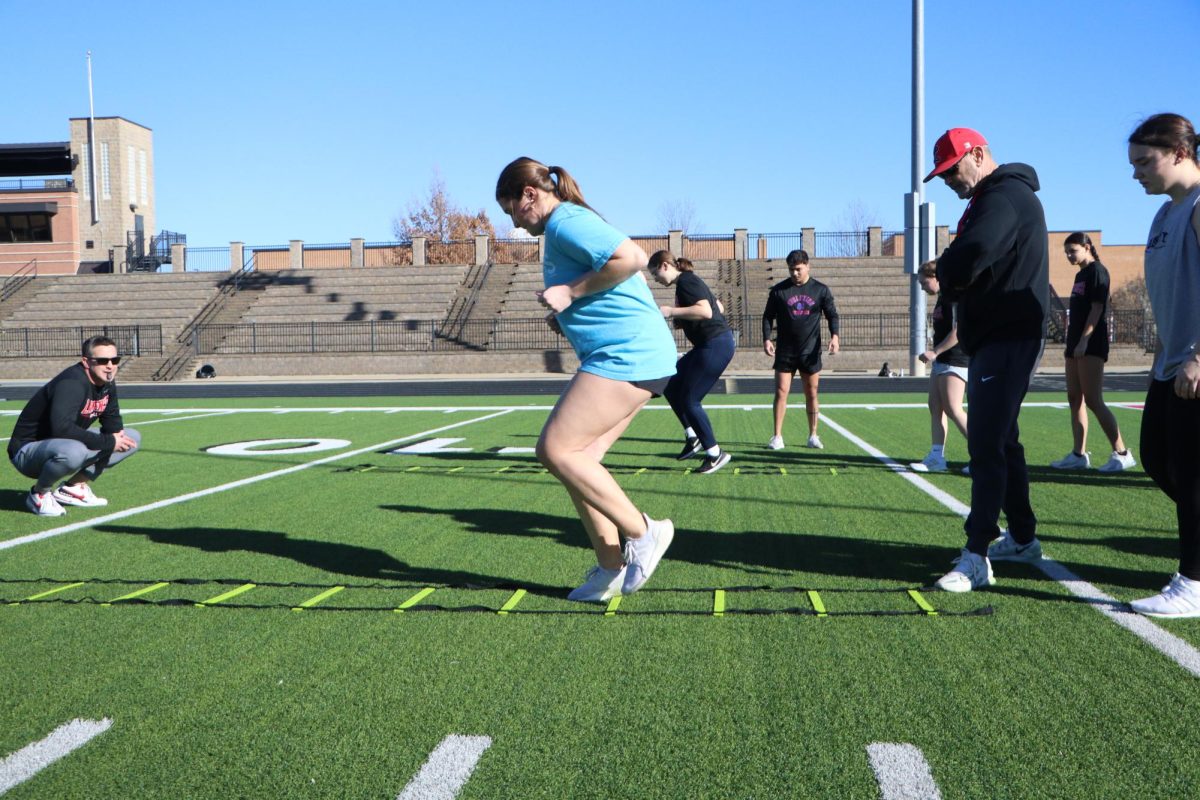Keeping yourself healthy helps everyone
As flu season approaches, students need to stop germs from spreading

Graphic by Joaquin Dorado-Mariscal
November 14, 2014
Let’s face it. Humans are really gross.
Every year since I started school, I’ve come back to school in August and a week later, I’d get sick and have to stay home.
I used to think that it was just in the time of the year, but eventually I figured out it was the combined poor health habits of all people in attendance at my current school.
I named this sickness the “back-to-school-plague,” and while I’ve never been able to avoid catching it, it’d very avoidable if we all took better care of ourselves.
As students, we’re exposed to the germs to about 1,500 people daily. Eight janitors or 200 janitors, our school is going to be a great breeding ground for germs of all sorts.
According to the Centers for Disease Control, people unconsciously touch their faces an average of 18 times per hour, transferring all of the germs on their hands into their eyes, noses and mouths. Unfortunately, when your nose is leaking, that number increases, and unless everyone is washing and disinfecting themselves those germs are being transferred to and infecting anything and anyone that sick person comes in contact with.
Each year, 5 to 20 percent of Americans catch the flu. The average is lower when more people get vaccinated and practice better health habits.
People are generally better about maintaining healthy habits during and after pandemics, like bird flu, severe acute respiratory syndrome and swine flu. And hopefully with recent news of the Ebola Virus Disease (EVD), people will start taking better care of themselves again.
With as many infectious diseases as there are, it’s important to practice some basic hygiene. Disinfecting surfaces before preparing food and before consumption can prevent cross contamination and food-borne illness.
Covering or catching a cough in your shoulder or a tissue can prevent infecting others and keep germs off of your hands.
And while no studies show dressing warmer will prevent infection, dressing warmer keeps the body at a higher temperature ensuring that it can put more energy into fighting off invasion instead of staying warm.
Even if everyone did this, people would still get sick, because a lot of diseases like tuberculosis, strep throat, meningitis and most influenza strains are airborne and can linger in the air for minutes.
If you feel sick, just stay home. Just because you don’t have a fever doesn’t mean you’re not contagious.
Some common symptoms that indicate a high level of infectiousness are sore throat, runny nose, a general feeling of exhaustion, congestion, puffy eyes, diarrhea, aches or pains, chills, sweats, overactive tear ducts, and dry mouth.
However, it’s normal to experience all of these symptoms and not be contagious at all.
Most often, to be contagious, a person either experiences a multitude of symptoms or experiences only a handful to an extreme degree. And it’s better to schedule a one-hour doctor’s appointment than to bring the Plague to school.
Staying well hydrated also helps fight off infection if a person is already sick.
Blood is 92 percent water, and staying well hydrated helps everything in the body move faster. This includes viruses, but also white blood cells. That means a well-hydrated person is just as likely to get sick as anyone else, but because their circulation is better they will get healthy quicker.
Finally, the number one ultimate secret to staying healthy and preventing infection is washing your hands.
With soap and water.
Not hand sanitizer.
Soap and water.
Washing hands doesn’t need to be an intense ordeal, but it needs to be periodic and thorough. The FDA recommends hand washing for 15 to 20 seconds after using the restroom and before meals.
Three major meals and three trips to the bathroom a day total up to two minutes a day spent washing at most.
I think humans can be less gross.
I think we can spare two minutes.























